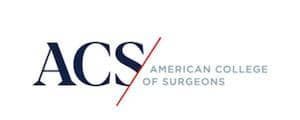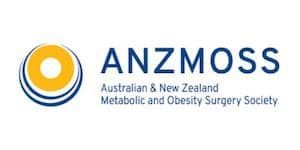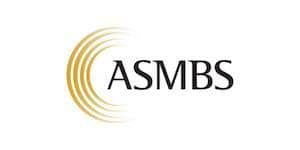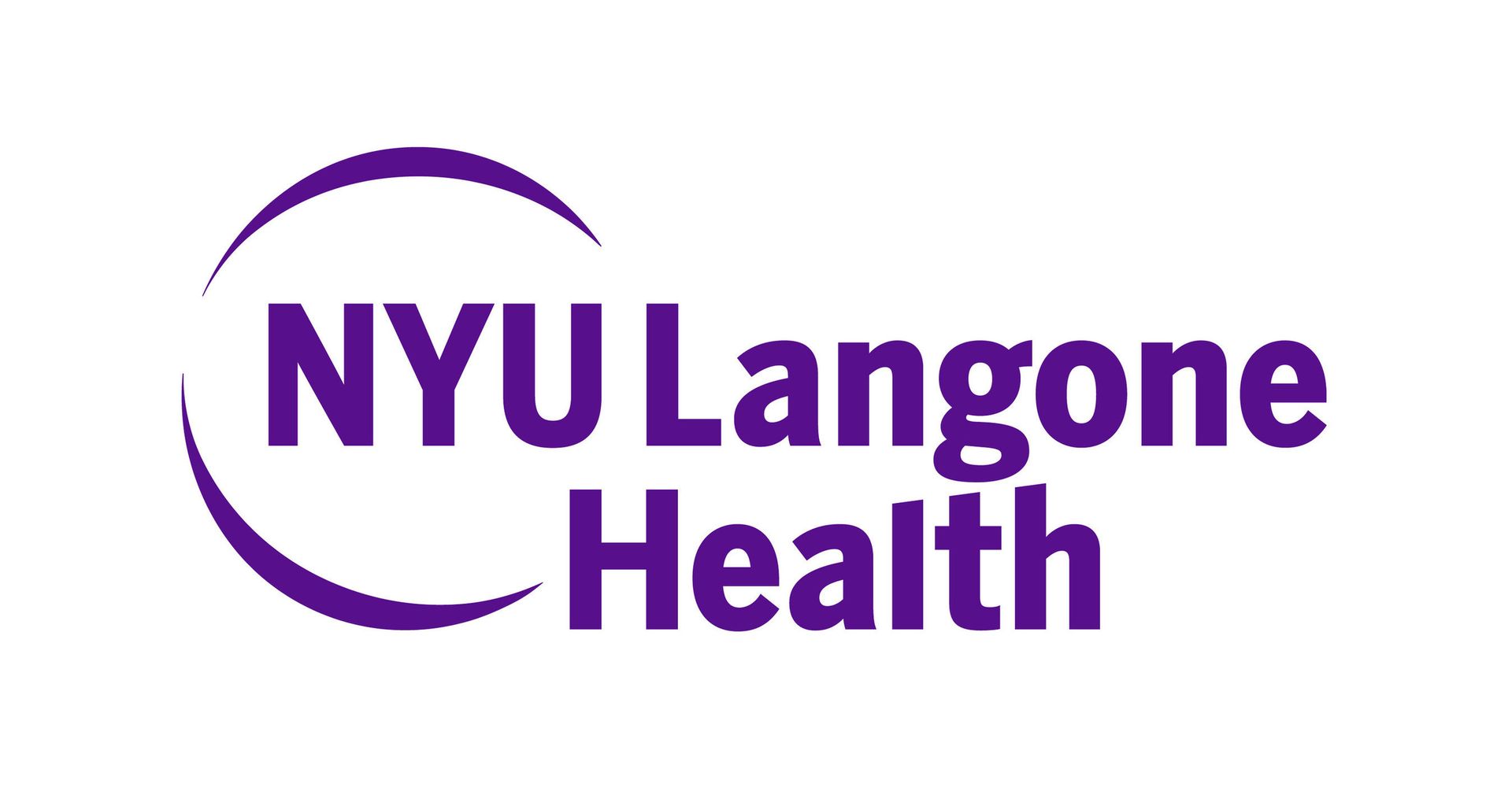Roux-en-Y Gastric Bypass
What is Gastric Bypass?
The gastric bypass procedure consists of making a small gastric pouch and diverting food past most of the stomach and a small portion of the small intestine. How this operation works is still a matter of debate and ongoing research.
Types of Gastric Bypass
There are different types of gastric bypass surgery, including:
- Roux-en-Y Gastric Bypass (RGB): The most common type of gastric bypass surgery. It involves creating a small stomach pouch and rerouting a portion of the small intestine to bypass the larger part of the stomach and the upper portion of the small intestine.
- Mini Gastric Bypass (MGB):
Also called a one anastomosis gastric bypass, involves the creation of a long, narrow gastric pouch which is then connected (anastomosed) to the small intestine bypassing approximately 150 cm of the upper part of the small intestine.
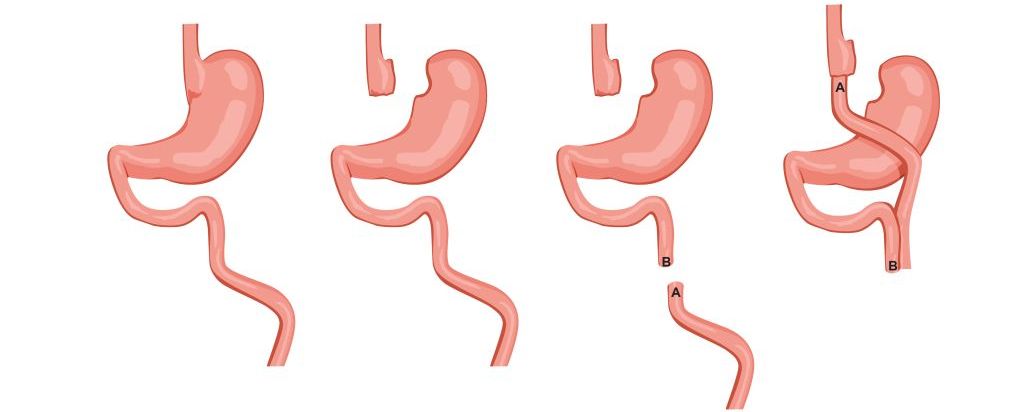
Who is Suitable for Gastric Bypass?
- Meet criteria for weight loss surgery (see ‘Am I a candidate?’)
- As a revisional procedure after gastric banding, sleeve gastrectomy or mini gastric bypass
- Patients with obesity and gastroesophageal reflux
- Patients with diabetes mellitus type II
Benefits of Gastric Bypass
Gastric Bypass surgery has several advantages over other weight loss procedures. These are:
- Quick and dramatic weight loss
- Resolution of gastric reflux
- Increased energy expenditure
- Produces favourable changes in gut hormones that reduce appetite and enhance satiety
- Maintaining weight loss of >55% excess weight at ten or more years postoperatively improved mobility, quality of life, and self-esteem.
Many patients can stop taking medications for diabetes and hypertension due to weight loss. After weight loss has occurred, patients report considerably improved health and the reduction or cure of the following conditions:
- Diabetes
- Heart Disease
- High blood pressure
- Arthritis
- Non-alcoholic fatty liver disease
- Asthma
- Sleep apnoea
- Fertility
Alternative Options to Gastric Bypass
While gastric bypass surgery is an effective weight loss intervention, it may not suit everyone. Alternative options for weight loss include:
- Gastric Sleeve Surgery: This involves removing a portion of the stomach to create a smaller, banana-shaped stomach pouch, promoting weight loss.
- SADI
- Adjustable Gastric Banding: This involves placing a silicone band around the upper part of the stomach to create a smaller pouch, limiting food intake. The band can be adjusted over time to achieve the desired level of restriction.
- Medical Weight Management Programs: These programs provide comprehensive support and guidance for weight loss through dietary counselling, exercise plans, behaviour modification strategies, pharmacotherapy and ongoing monitoring by healthcare professionals.
- Lifestyle Modifications: Healthy lifestyle habits, such as a balanced diet, regular exercise, and behaviour changes, can contribute to weight loss and improved overall health.
What Happens During Roux-en-Y Gastric Bypass
The Roux-en-Y procedure involves staple dividing the stomach into two chambers. The upper chamber receives food and is very small, holding about 30ml. The lower chamber is “bypassed” and does not receive food. The small intestine is divided, and one end is connected (anastomosed) to the pouch. A second connection (anastomosis) connects the disconnected stomach and duodenum to the small bowel. This connection enables the digestive fluids to meet the ingested food, enabling nutrient breakdown and absorption. The distance between the two connections is generally 50 to 150 cm.
After the procedure, food advances directly from the small gastric pouch to the small intestine without passing through the lower portion of the stomach, duodenum, and upper small bowel (jejunum).
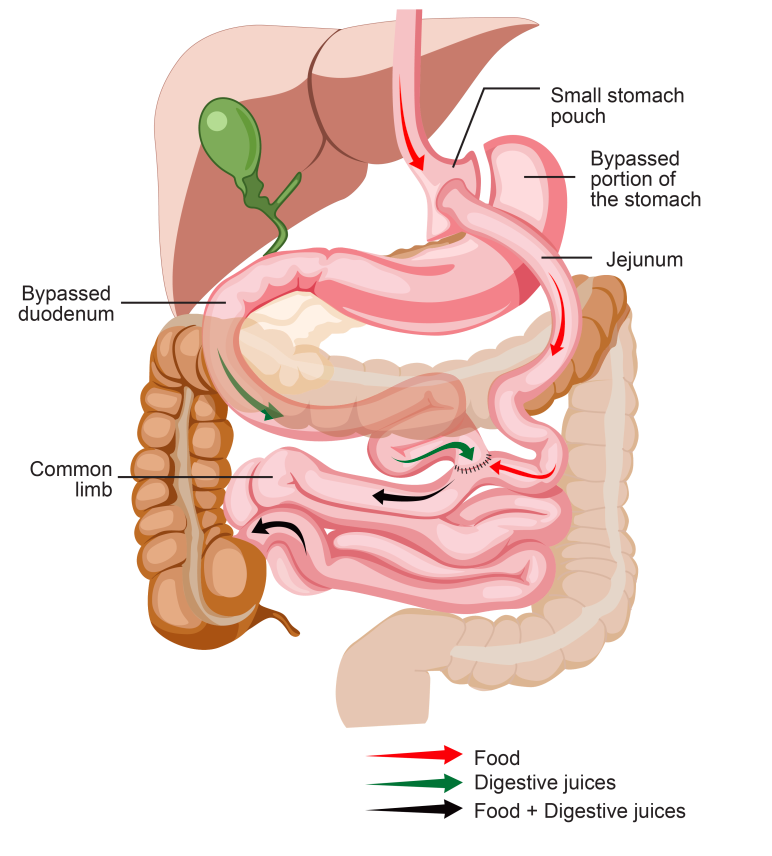
What to Expect After Gastric Bypass
Because weight loss surgery is performed using Laparoscopic (keyhole) surgery, pain after surgery is greatly reduced. Immediately after surgery, some patients report sensations of:
- chest tightness
- a stitch feeling in the upper abdominal area (especially on the left side, up under the rib cage)
- an ache in the left shoulder tip
These sensations usually resolve within 1-2 days. This discomfort is generally not limiting; you can still sit comfortably and walk. It is usually related to the gas used to insufflate the abdomen during surgery and is absorbed by the body.
You will be provided adequate analgesia in the hospital and after discharge to ensure you are comfortable and be offered various medications to ensure you are not in pain. When returning home, most patients will not require more analgesics than paracetamol.
You can drink and get out of bed immediately after surgery.
Patients are discharged after an overnight stay once they are comfortable, ambulating, voiding and can tolerate sufficient liquid to maintain hydration at home.
Gastric Bypass Care Plan
A care plan will be carefully designed to allow you to get the most out of your surgery. Your first visit after surgery will be scheduled within one week. After this, you will regularly follow up with your surgeon in the first two years and meet them annually lifelong.
At each follow-up visit, keep your doctor informed of your recovery or progress and contact your doctor for any health concerns you have in-between visits.
Dietary Changes
You will also see dieticians before you progress to the next phase of your diet at two, four and six-week intervals. During the first month, patients must:
- Adhere to a strict liquid-only diet for the first two weeks before progressing.
- Drink plenty of fluids to avoid dehydration.
- Ensure adequate protein intake.
- Meet your dietitian regularly.
Gastric Bypass Risks
Complications of bariatric surgery may include general and specific complications.
More common complications are listed below.
General complications:
- Anaesthetic complications
- Death
- Bleeding
- Pneumonia
- Wound infection
- Myocardial infarct
- DVT/PE (blood clots)
- Allergy
- Urinary infection
- Nausea and vomiting
- Other hospital-acquired infections, e.g. diarrhoea
- Injury to bowel or organs
- Incisional hernia
- Inadequate weight loss/weight regain
- Need for further surgery
- Malnutrition
- Oral intolerance
- Gallstones
- Conversion to open
Specific complications of Roux-en-Y gastric bypass may include:
- Marginal ulcers
- Gastro-gastric fistula
- Stenosis of the anastomoses
- Bowel obstruction
- Internal hernia
- Anastomotic leak
- Bleeding from staple line or anastomoses
- Dumping
- Diarrhoea
- Chronic abdominal pain
- Bacterial overgrowth
- Hypoglycaemia


